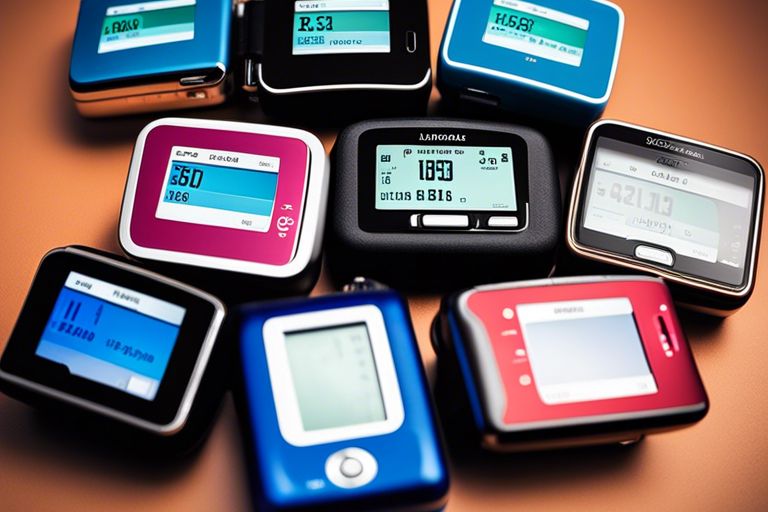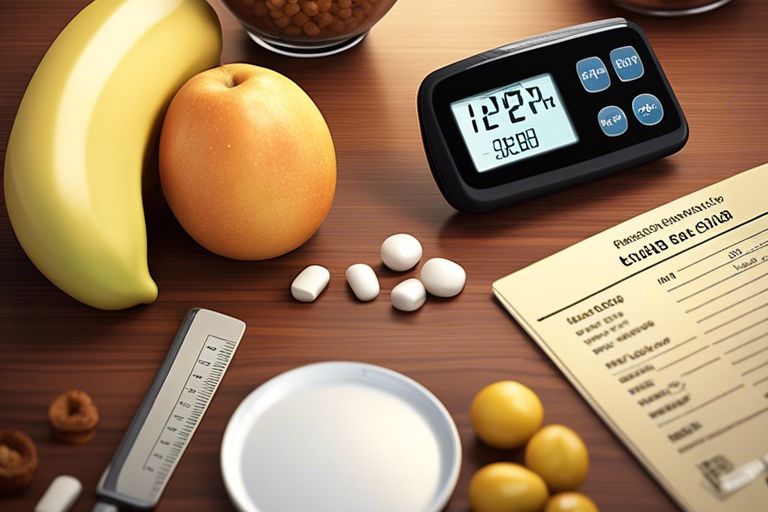In recent years, the field of diabetes management has seen significant developments in technology, particularly in insulin pumps. These small, wearable devices have revolutionised the way individuals with diabetes can regulate their blood sugar levels. From improved accuracy and convenience to the integration of advanced features like continuous glucose monitoring and automated insulin delivery, the latest advancements in insulin pump technology have greatly enhanced the quality of life for many patients. In this blog post, we will explore some of the most cutting-edge innovations in insulin pump technology and their potential impact on the future of diabetes care.
Key Takeaways:
- Improved Accuracy: Latest insulin pump technology offers better accuracy in delivering insulin doses, helping users manage their blood glucose levels more effectively.
- Integration with Continuous Glucose Monitoring (CGM): Many advanced insulin pumps now feature integration with CGM systems, allowing for more precise insulin delivery based on real-time glucose readings.
- Customisable Settings: Users can personalise their insulin pump settings according to their individual insulin needs, making diabetes management more tailored and efficient.
- Wireless Connectivity: Modern insulin pumps come with wireless connectivity, enabling users to control the device remotely and receive alerts and updates on their smartphones or other devices.
- Compact Design: Newer insulin pumps are designed to be more discreet and comfortable for users to wear, promoting greater convenience and confidence in managing diabetes.
Innovations in Insulin Delivery Systems
Continuous Glucose Monitoring Integration
Continuous Glucose Monitoring (CGM) integration with insulin pumps has revolutionised diabetes management by providing real-time data on glucose levels. This integration allows for more precise insulin dosing, reducing the risk of hypo- and hyperglycaemia. CGM data can be used to adjust insulin delivery based on trends, ensuring better blood glucose control.
Smart Pump Features and Automation
Smart pump features and automation have enhanced the convenience and accuracy of insulin delivery. These pumps are equipped with advanced technology such as insulin dose calculators, personalised settings, and predictive low glucose suspend algorithms. Smart pumps can also communicate with CGM systems, further streamlining diabetes management.
Smart pump features like automated bolus calculations, customisable basal rates, and predictive alerts for low glucose levels make managing diabetes easier for individuals. The integration of various technologies in these pumps allows for more personalised and effective insulin delivery, ultimately improving quality of life for those with diabetes.
Enhancements in User Interface and Connectivity
Touchscreen and User-Friendly Design
One of the most significant advancements in insulin pump technology is the integration of touchscreen displays and user-friendly design. This allows for easier navigation through menus, setting alarms, and entering bolus doses. The intuitive interface makes it simpler for users to manage their insulin levels effectively.
Wireless Connectivity and Mobile App Integration
Insulin pumps now come equipped with wireless connectivity and seamless integration with mobile apps, enabling users to monitor their insulin levels and adjust dosage remotely. The real-time data transmission to smartphones or tablets provides users with greater flexibility and convenience in managing their diabetes.
Furthermore, the mobile app integration allows for sharing data with healthcare providers, ensuring better communication and more personalised care. This interconnected system revolutionises the way diabetes is managed, empowering users with more control over their health.
Challenges and Considerations for the Future
Addressing Cost and Accessibility Issues
In insulin pump technology, one of the major challenges for the future lies in addressing the significant cost and accessibility issues. Insulin pumps can be a costly investment for individuals, and not everyone has easy access to this life-changing technology. Finding ways to make insulin pumps more affordable and accessible to a wider population is crucial for improving diabetes management globally.
Potential for Artificial Pancreas Development
Looking ahead, there is great potential for the development of artificial pancreas systems that could revolutionise diabetes care. These systems aim to mimic the function of a healthy pancreas by automatically regulating blood glucose levels in response to the body’s needs. By combining continuous glucose monitoring with automated insulin delivery, artificial pancreas technology holds promise for significantly improving quality of life for individuals with diabetes.
Research and development in this area continue to progress, with ongoing clinical trials and advancements in algorithm design. While challenges such as safety, accuracy, and regulatory approval remain, the potential benefits of artificial pancreas technology are vast.
Conclusion: Advancements in Insulin Pump Technology
When all is said and done, the advancements in insulin pump technology have revolutionised the way individuals manage their diabetes. From improved automation and connectivity features to more accurate dosing and smaller, more discreet devices, these advancements offer greater convenience and control over blood sugar levels. With the continuous evolution of insulin pump technology, individuals with diabetes can lead more flexible and fulfilling lives while effectively managing their condition. It is evident that these advancements will continue to play a vital role in enhancing diabetes care and improving the overall quality of life for those living with this chronic condition.
FAQ
Q: What are the key advancements in insulin pump technology?
A: The key advancements in insulin pump technology include automated insulin delivery systems, integration with continuous glucose monitoring, and improved connectivity with smartphone apps.
Q: How do automated insulin delivery systems work?
A: Automated insulin delivery systems use algorithms to adjust insulin delivery based on real-time glucose readings, providing more precise control and reducing the risk of hypoglycaemia.
Q: What are the benefits of integrating insulin pumps with continuous glucose monitoring (CGM)?
A: Integrating insulin pumps with CGM allows for continuous monitoring of blood glucose levels and automatic adjustments to insulin delivery, leading to better glucose control and reducing the burden of manual monitoring.
Q: How do insulin pumps now incorporate improved connectivity with smartphone apps?
A: Insulin pumps now offer connectivity with smartphone apps, enabling users to discreetly control their pump, monitor their glucose levels, and receive alerts and insights on their mobile devices.
Q: Are there any safety features in modern insulin pump technology?
A: Modern insulin pumps come with advanced safety features such as automated insulin suspension during low glucose levels, alerts for missed doses, and secure data transmission to prevent tampering or hacking.




